Does charging overnight damage your phone battery? 3 features that stop it happening
Your phone knows how to keep its most important component healthy — here's how
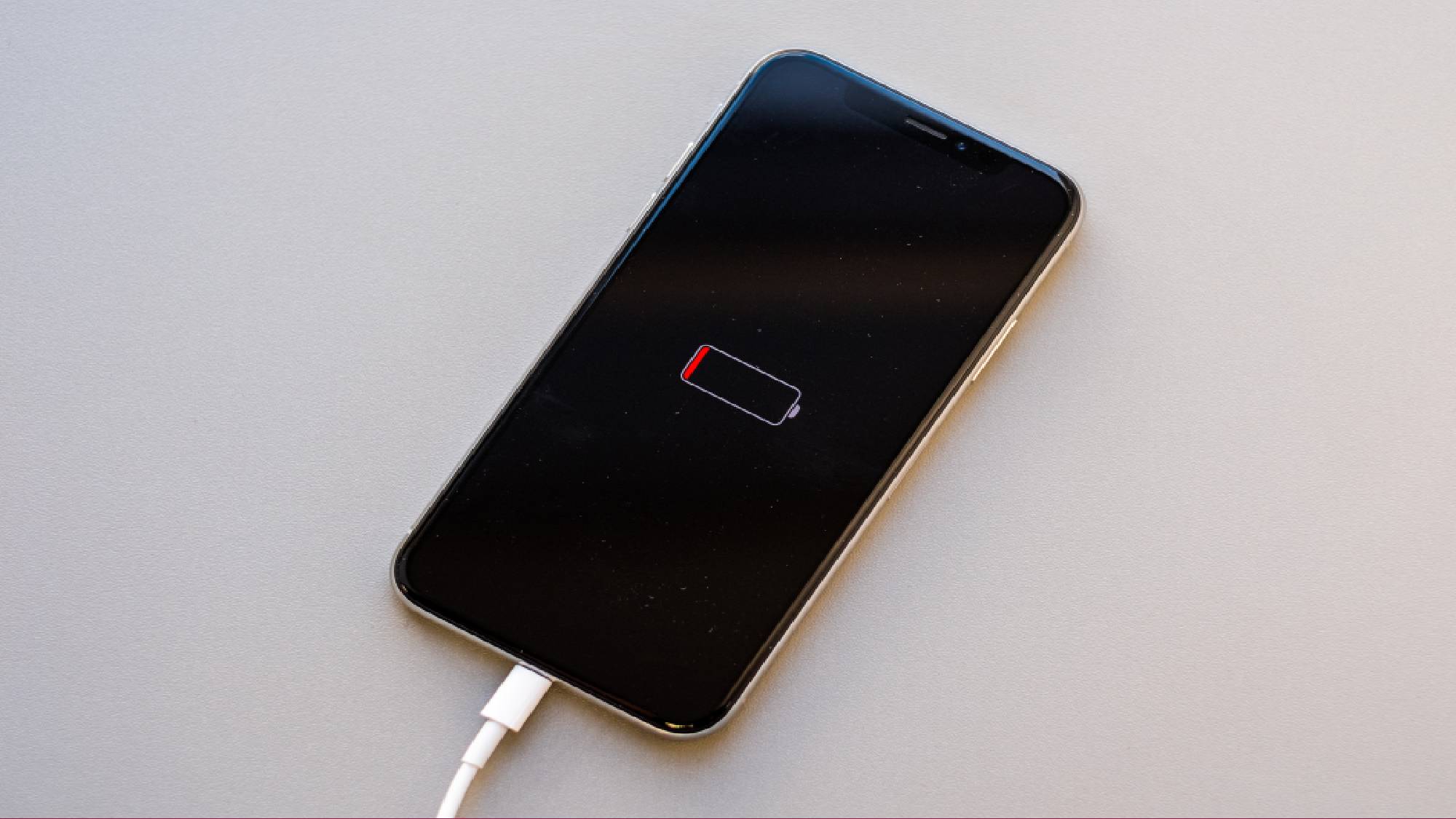
The battery is easily one of the most important parts of your phone, but aside from a broken screen, it's also the one thing most likely to cause problems in the long term. Lithium-ion batteries can be fussy, and you need to know how to be able to take care of them if you plan on keeping your phone going for as long as possible. Even if you picked up something from the top of our best phone battery life page.
One of the things you're often told is that you shouldn't keep your phone plugged in or left at 100% charge for extended periods of time. And considering the majority of us will plug in our phones to recharge while we sleep, isn't that going to cause problems? Maybe in the past, but these days phones have all sorts of features and protections to ensure overnight charging isn't going to wreck your battery.
Here are 3 ways your phone keeps your battery safe when recharging.
How could overnight charging affect battery health?
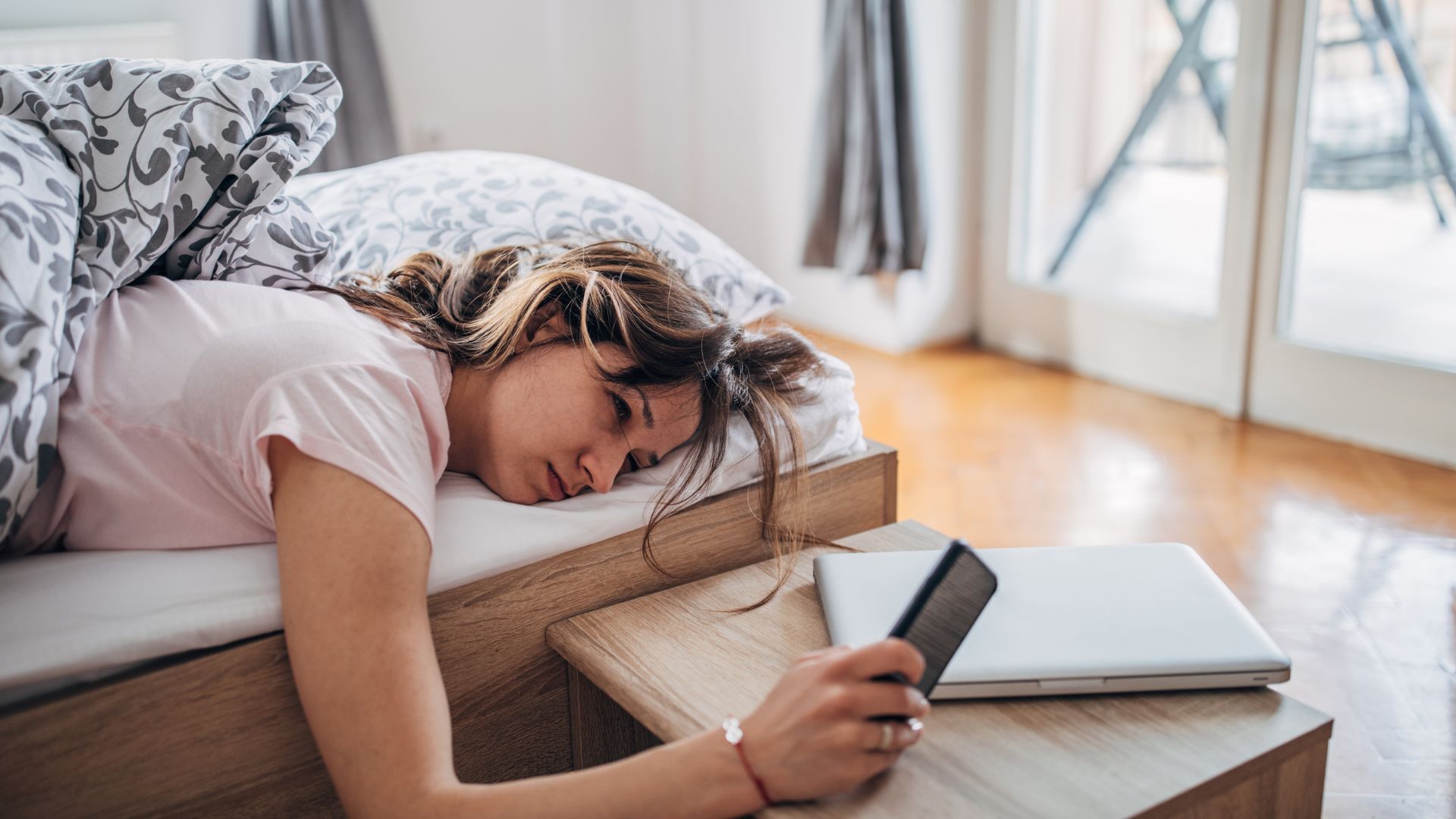
Common advice for maintaining battery health over long periods of time is to try and keep them between 20% and 80% charge. That's because power in lithium-ion batteries involves ions physically moving between different parts of the battery, and the number of ions on each side dictates the amount of power available.
So 0% and 100% are two opposite extremes, with all the ions sitting on either side of the battery — and staying like this for too long can cause stress and degradation over extended periods of time. We are talking time in years, rather than days or weeks, but keep your phone long enough and it can become a problem. Keeping your charge between 20% and 80% means you're avoiding the worst of this.
Recharging your phone overnight, when you're not conscious enough to notice once it reaches 100%, means that the phone will spend more time in the "danger zone" before you wake up. Over time, that's going to have an impact on the battery. Factors like ventilation, charging speed, and wireless charging could also increase temperatures and make the eventual degradation worse if you're not careful.
Thankfully, phone makers know all about this and have taken steps to make sure you're not casually letting your battery slowly fracture while you sleep.
Get instant access to breaking news, the hottest reviews, great deals and helpful tips.
Adaptive charging
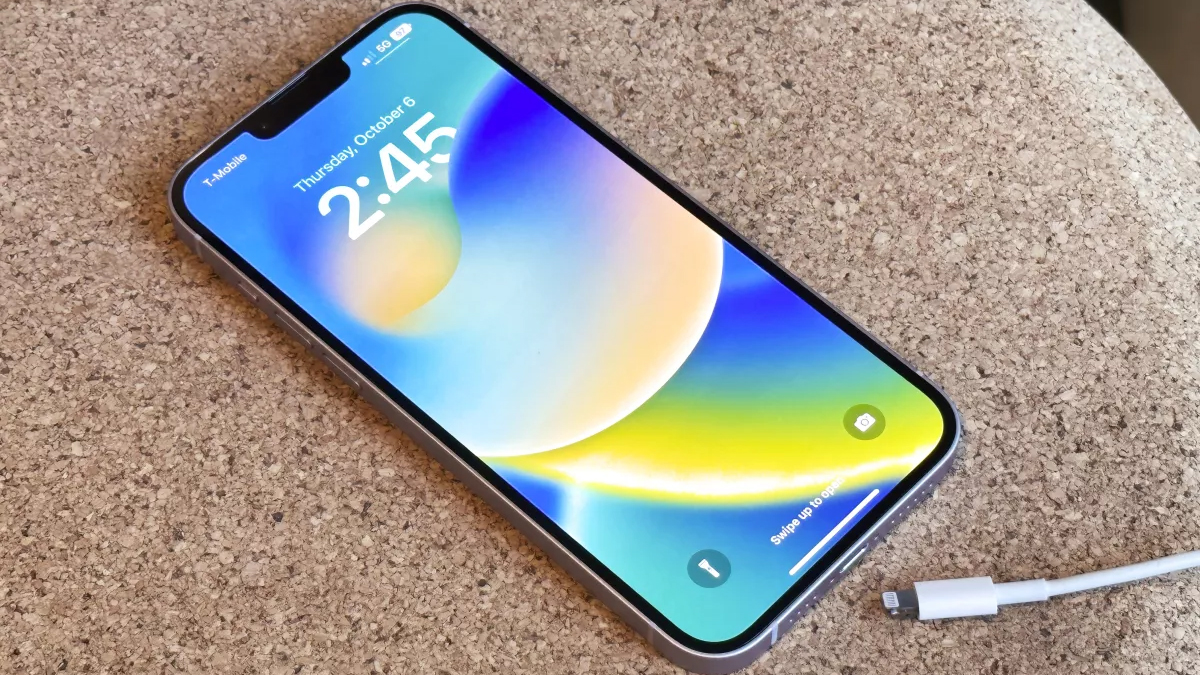
The main feature protecting your phone battery at night is one you don't even have to think about. Just about every smartphone these days has some kind of adaptive charging feature, which limits the amount of power going into your phone overnight. The idea being that this caps charging to somewhere around 80%.
Your phone will still hit 100%, but the software ensures that your phone isn't fully charged until your pre-designated wake-up time. That way, you unplug it fairly quickly, and the phone doesn't spend too long sitting at 100%. Typically, this is based on the alarms you have set.
Different phone companies call this feature a bunch of different names. "Adaptive Charging" is the Google term, while Samsung refers to it as "Battery Protect," and iPhones refer to it as "Optimized Battery Charging." The principle of all these features is the same, regardless of what it's called. It's usually switched on by default, and while some phones give you the option to turn it off, that isn't always the case.
Charging limits
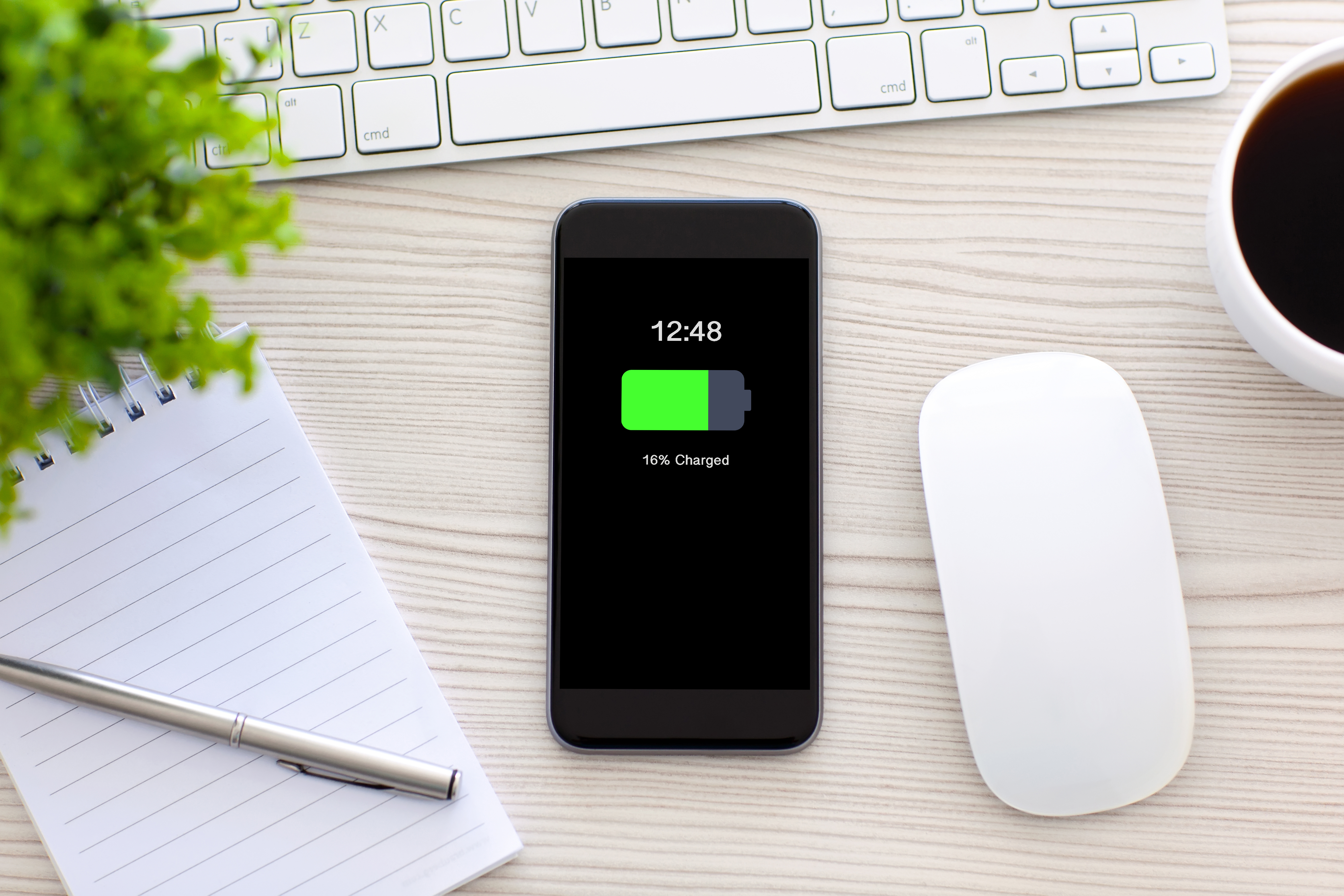
If you want to be more proactive about preserving battery health, smartphones have started offering charging caps to let you decide when your device stops recharging. Essentially, if you're worried about your phone battery exceeding 80%, and causing extra strain in the process, then you can just tell your phone not to recharge after a certain point.
Some phones, like iPhones, let you choose a limit anywhere between 80% and 100%. Others, like the Google Pixel 10, only give you the option to limit charging to 80% or 100% — with no additional options. It all comes down to the manufacturer, and it's up to you to make that decision for yourself.
Just remember that capping to 80% means you won't get nearly as much life out of your phone. You'll also need to proactively avoid dipping below 20%, since that can be just as bad for battery health as going over 80%. Do you need to be that paranoid about it? Probably not, but it's an option that is available to you.
Limit fast charging
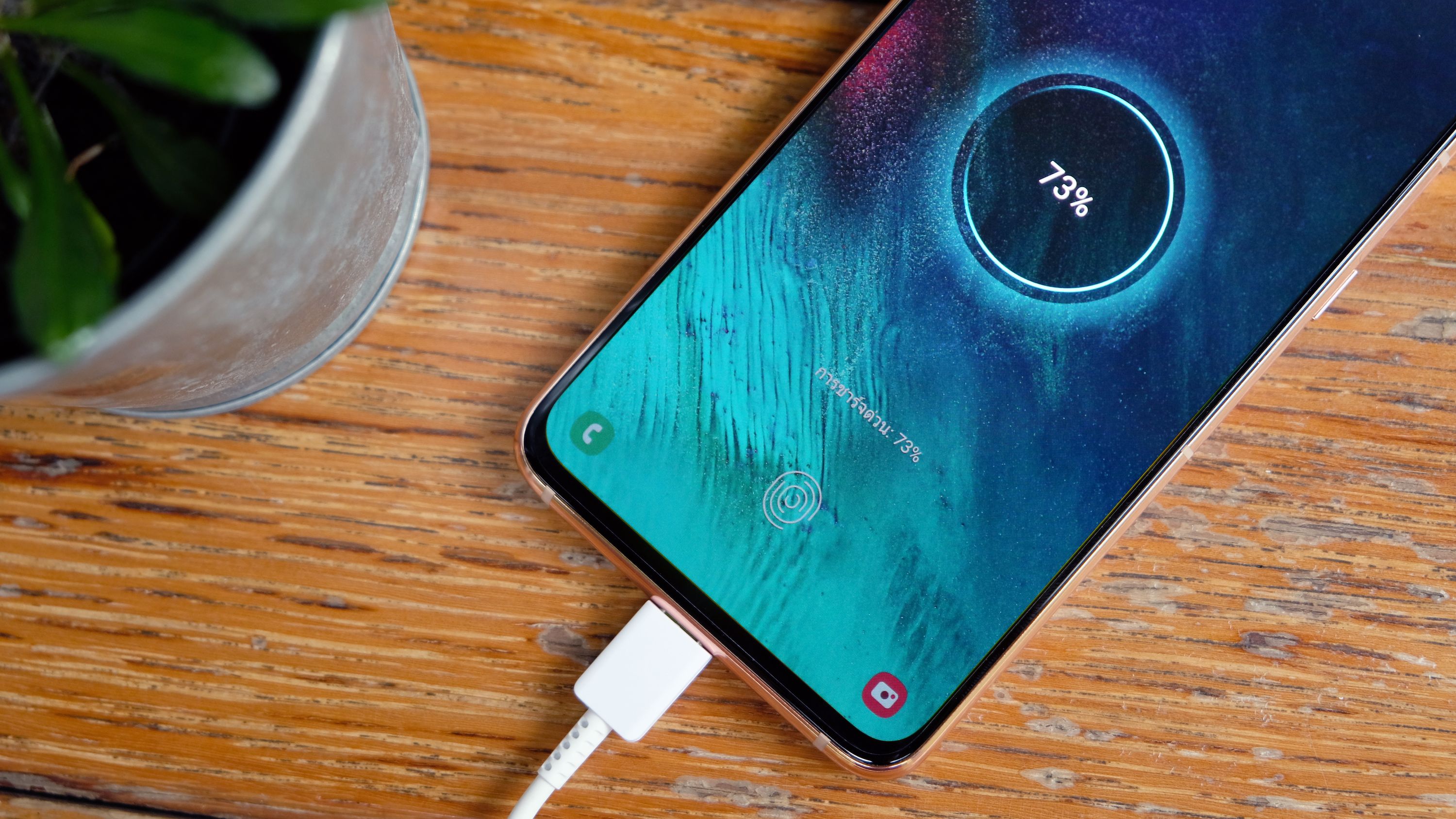
Fast charging often causes a phone to heat up, and batteries don't mix well with heat — it can cause them to degrade even faster than sitting around at 100%. Naturally, when you're asleep, you don't need your phone to recharge as quickly as possible. Which is why some phones actually let you turn off fast charging.
A lot of them don't give you that level of control. iPhones don't, and neither do Google Pixels, but Samsung Galaxy phones do. So you'll have to check your phone's charging settings to see if those kinds of options are available. Or, alternatively, make sure you're not using a fast charger — a phone can't recharge too quickly if the charging brick can only deliver small amounts of power.
You can check your battery health
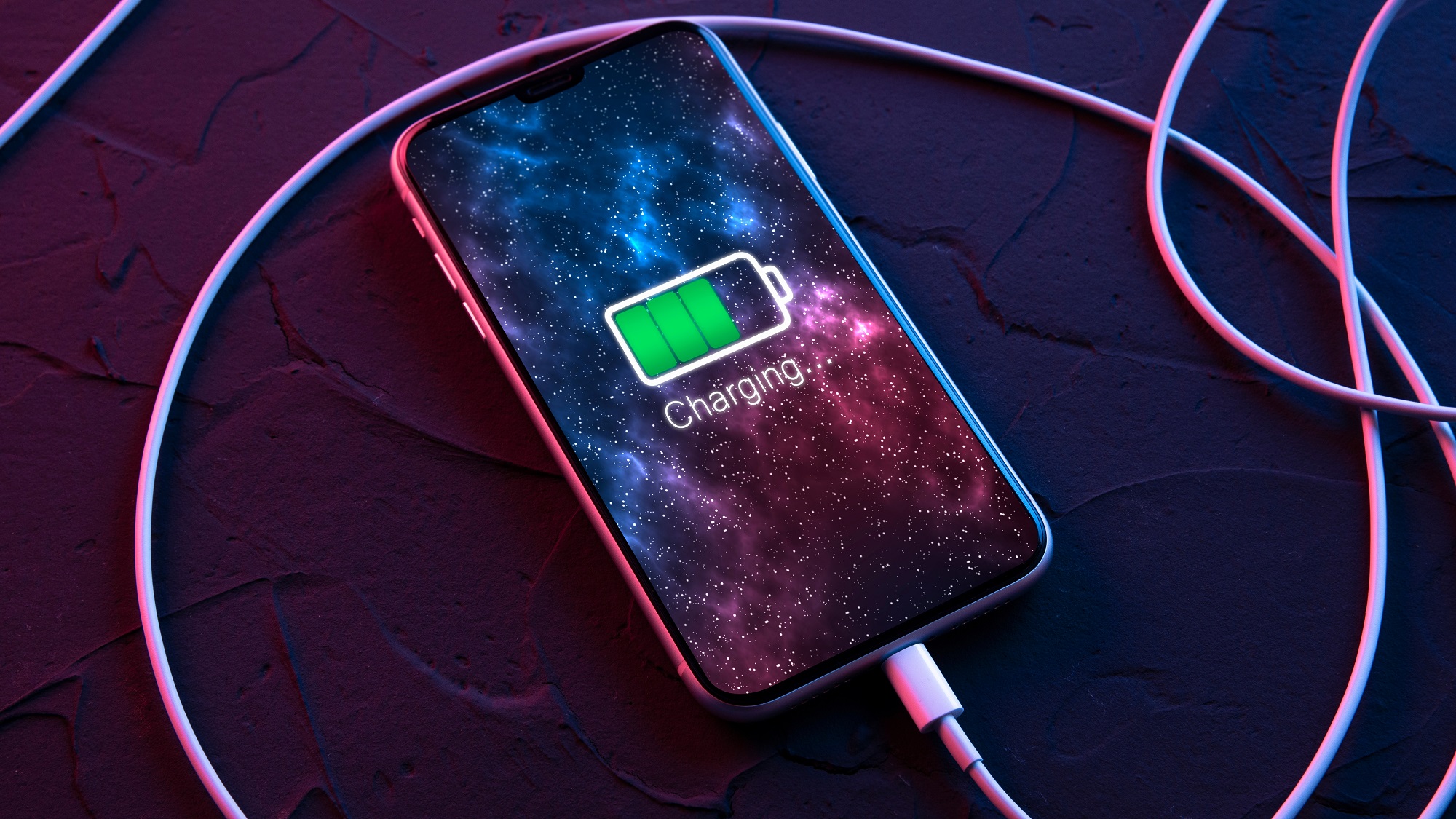
While this doesn't necessarily help protect your battery, phone makers have figured out that people want to be able to find out what sort of state their batteries are in. Which means you can see whether your efforts to preserve battery health have been successful, or a complete waste of energy.
How much you will actually see varies. Some phones will simply tell you that your battery health is good or bad, while refusing to elaborate further. Others will label it with a percentage, telling you how much of your official capacity is still available. Others will offer more in-depth information, like battery cycle counts — which can be quite important.
A battery cycle is a complete charge and discharge process — meaning going from 100% down to 0% and then charging back up to full. It doesn't matter how many times you plug or unplug your charger in this time; your phone remembers and doesn't add another cycle into its internal count until that entire cycle is complete.
Batteries are rated for a certain number of cycle counts before things start to go downhill. Essentially, the more you use your phone, the worse the degradation will inevitably get. For iPhones, it's 1,000 cycles, while the Samsung Galaxy S25 is said to have double that number at 2,000. And if you haven't hit that number, but your battery health is particularly bad (under 80%), it may be worth checking your warranty to see if you can get a replacement battery on the house.
Here's how to check your battery health on Android phones, and our guide on how to check battery health on iPhone.
Bottom line
Do you need to worry about overnight charging destroying your phone battery? No. Even if you disregard any and all features designed to protect the battery, you're not going to suffer any serious effects for at least a couple of years. It's always good to be aware of how your phone use can affect the battery health, though, and it's worth checking up on things every few months just to see what's going on.
But, for the most part, phone makers have come to terms with the fact that the majority of people are not going to take drastic steps to maintain battery health for as long as possible. So everything they've implemented tends to just work by itself, and without any active effort on your part. So go ahead, recharge your phone all night long if that's what fits your routine. Because your phone already knows how to protect itself.
Follow Tom's Guide on Google News and add us as a preferred source to get our up-to-date news, analysis, and reviews in your feeds. Make sure to click the Follow button!
More from Tom's Guide
- iPhone Fold tipped for A20 Pro chip — Apple's first 2nm processor to power new foldable phone
- iPhone 18 Pro could support full 5G satellite internet — but is that actually a good thing to have?
- I've been using the Pixel 10 Pro for 2 months — and I regret the upgrade

Tom is the Tom's Guide's UK Phones Editor, tackling the latest smartphone news and vocally expressing his opinions about upcoming features or changes. It's long way from his days as editor of Gizmodo UK, when pretty much everything was on the table. He’s usually found trying to squeeze another giant Lego set onto the shelf, draining very large cups of coffee, or complaining about how terrible his Smart TV is.
You must confirm your public display name before commenting
Please logout and then login again, you will then be prompted to enter your display name.
